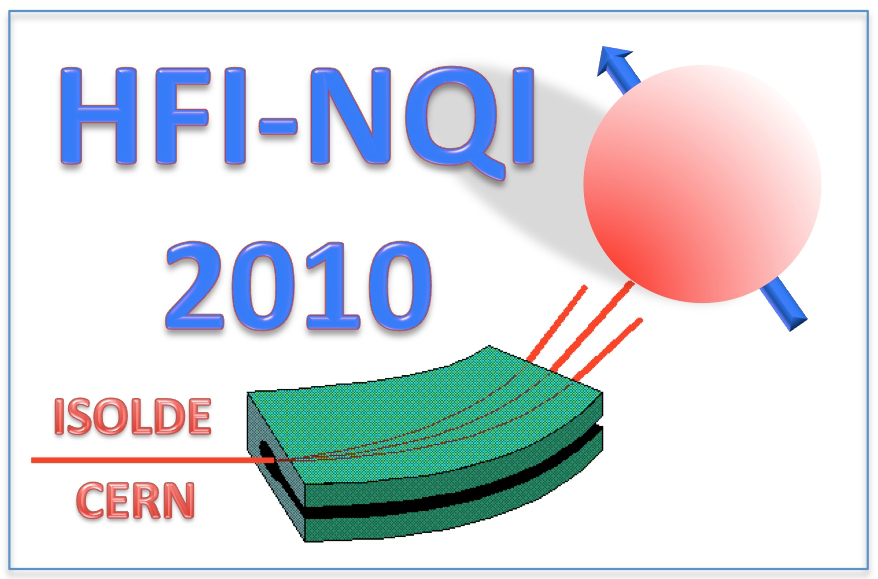Speaker
Description
Summary
A glass transition is a freezing phenomenon of a molecular configurational motion. It is observed not only in liquid state but also in crystalline state. In the previous case the whole positional and orientational disorders remain, but in the latter case the positions of the center of molecules are fixed and only the partial orientational disorder remains. The glass transitions in the stable crystalline states were found in thiophene [1], 2-chlorothiophene [2, 3], 3-chlorothiophene [4,5], 2,5-dichlorothiophene [6], and so on.
2,5-Dichlorothiophene, which has the melting point of 232.72 K, has three crystalline phases, the most stable one and the two meta-stable ones [6,7]. In the most stable crystalline phase a glass transition was observed at 138 K. The activation energy for the molecular reorientational motion, which freezes out at the glass transition temperature, can be estimated to be about 45 kJ mol-1 [6]. The NQR experiments for 2,5-dichlorothiophene were carried out in the three crystalline phases to get more detailed information about molecular motion related to the glass transition.
35Cl NQR signals were observed by use of a spin-echo method. Broad NQR signals, which had the full width of about 80 kHz at half maximum, were observed in the most stable crystalline phase. The resonance frequency was 35.40 MHz and 34.90 MHz at 77 K and 209 K, respectively. There observed no anomaly at the glass transition point in the temperature dependence of the frequency. Sharp NQR signals, which had the full width of about 8 kHz at half maximum, were observed in the two meta-stable crystalline phases.
The temperature dependence of the spin-lattice relaxation times, T1, in the most stable crystalline phase was interpreted by the contributions of the lattice vibrations and the molecular rotations. The activation energy of the molecular rotations was estimated to be about 40 kJ mol-1 by the least-squares fitting.
References
[1] P. Figuiere, H. Szwarc, M. Oguni, and H. Suga, J. Chem. Thermodyn. 17, 949 (1985).
[2] H. Fujimori and M. Oguni, J. Phys. Chem. Solids 54, 607 (1993).
[3] H. Fujimori and T. Asaji, Z. Naturforsch 55a, 183 (2000).
[4] H. Fujimori, A. Todoroki, T. Asaji, and M. Oguni, Slow Dynamics in Complex Systems 685 (AIP, New York, 2004).
[5] H. Fujimori, T. Kaneko, T. Asaji, Hyperfine Interact 181, 87 (2008).
[6] H. Fujimori, K. Matsuda, A. Todoroki, T. Asaji, and M. Oguni, J. Non-Cryst. Solids 352, 4790 (2006).
[7] N. Tanimoto and H. Fujimori (unpublished).
| Please specify whether you would prefer an oral or poster contribution. | poster |
|---|
